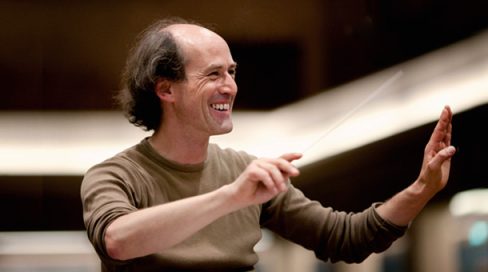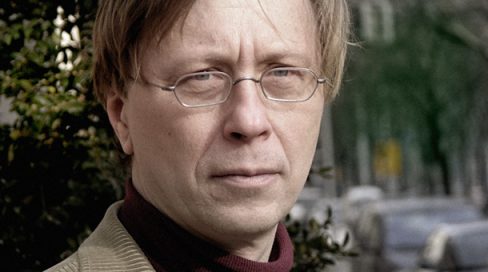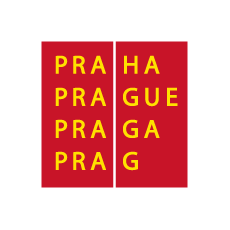Pain, ideology, revelation, and the end of self-torment
Georg Friedrich Haas composer-in-residence of the Prague Offspring
“Wow – your profile is great,” Georg Friedrich Haas wrote to an unknown lady on the dating site OkCupid. He was intrigued by her self-characterisation as a “curvifat black chick, unusual spiritual fodder, trembling flower of submission”. Mollena Williams received that message in 2013, when Haas began teaching composition at Columbia University in New York, having previously held the same position in Basel, Switzerland. His move was motivated both by a desire for change and for the relative anonymity promised by life in a big city. What he found there was a lifelong partner and with her also the impulse to openly reveal his previously guarded sexual lifestyle. And to go public about his Nazi-affiliated ancestors. Such intimate information might seem misplaced in the case of any other composer. The search for sensations and artificially inflated links between private life and creative output are among the more suspicious methods of popularising music and making it appear more attractive to the public. Perhaps no one in the contemporary music scene thematises their private life with such vehemence as Haas. His sexual inclinations and family history have become part of the public record and have been directly linked to his artistic endeavours by the composer himself. Haas compares his struggle to accept his unorthodox sexual practices with the suppressed homosexuality of Franz Schubert or Pyotr Ilyich Tchaikovsky. To focus exclusively on the major points of Haas’s career and the musical characterisation of his work would be a matter of great hypocrisy and narrow-mindedness. Like playing through notation without a hint of interest in the ideas hidden within them.
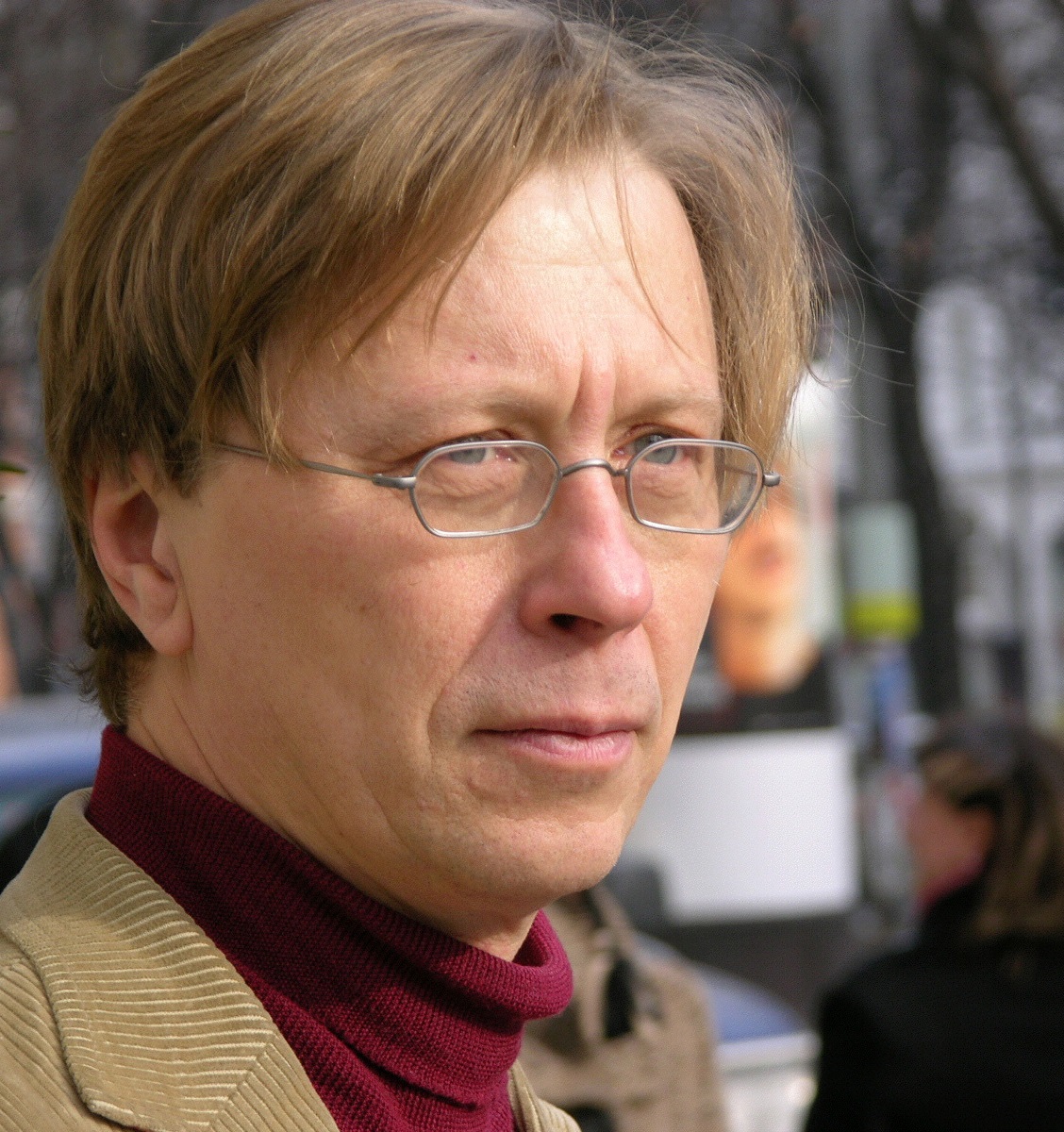
Family upbringing, musical roots
Haas was born 69 years ago in Graz, Austria, but he grew up in the village of Tschagguns in the westernmost Austrian state of Vorarlberg. This densely populated alpine region is a haven for skiers and hikers, but Haas’s childhood left him with an aversion to mountains. He claims that they deny any proper sunrise or sunset and that for any journey, only two directions are possible: down-valley or up-valley. What others see as the beauty of alpine nature, Haas loathed for its one-dimensionality: it would thus be untoward to relate the endless up-and-down travels with glissandos – be they real or illusionary – which are typical of Haas’s music. Although the composer suggests that nature is important for his art, it apparently has no say in the actual substance of his music. Haas’s childhood is also marked by one of the two essential themes that he opened in his New York period: the Nazi past of his ancestors and the tyranny of the family hearth. “I thought it was normal to be beaten three times a day and not be allowed to speak at the table unless spoken to,” the composer confided in an interview for the German weekly Die Zeit in October 2016. At school, he was taught of the horrors of Nazism, and yet he realised that his grandparents had been among their perpetrators. This mainly concerned his grandfather, the prominent architect Fritz Haas. The composer’s natural family bond led him to keep this internal conflict, which a little child cannot understand, hidden within him until a very mature age. When Haas wrote his first message to his future wife, he also mentioned that he spoke English with a strong German accent. Although he was merely pointing out a linguistic fact, his statement can be metaphorically re-interpreted with regard to music. In this case, however, it should be reversed: “I speak German but with many English words mixed in.” Haas’s musical language is like an arc that connects the European and American avant-gardes of the 20th century. It encompasses the microinterval experiments of Ivan Wyschnegradsky and Alois Hába, the musical mysticism of Giacinto Scelsi, and the micropolyphony of György Ligeti, French spectralists with their computer analyses of sound and the offbeat world of home-built instruments of the wandering composer Harry Partch. One could even find a hint of Alexander Scriabin, including his analogies between music and light, which Haas often marks into his scores.
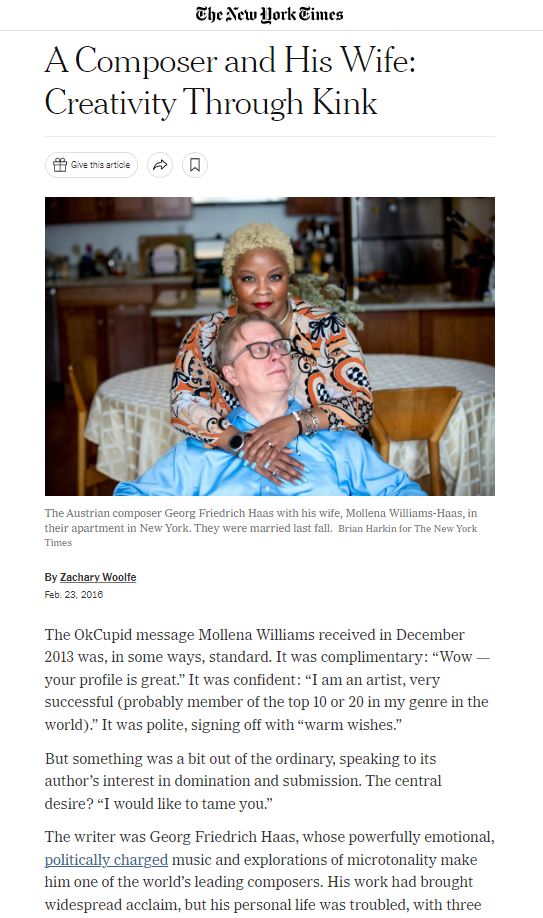
Haas’s musical foundations are well illustrated by Drei Hommages (Three Homages). The three compositions from 1985 are written for one pianist and two pianos tuned a quarter-tone apart. Whereas the choice of instruments clearly draws on Wyschnegradsky, the individual homages are addressed to György Ligeti, Josef Matthias Hauer, and Steve Reich. In the first homage, dedicated to Ligeti, Haas creates a compact sound of rapidly repeated chords blurred by microintervals and minute rhythmic shifts in each of the parts. This creates the illusion of a seamless transformation of tonal pitch, which occasionally refocuses in brief moments of major- or minor-scale harmony. Hauer – the somewhat forgotten creator of dodecaphonic music who coincided with but was independent of Arnold Schoenberg – inspired Haas to construct a composition made up of gradually expanding and overlapping tone rows. The final homage, to Reich, reflects the intricate motion of his music and its internal link with serialism. By combining all three of the homages together, which would cause their attributes to mix, mutually enhance and transform each other into a new and unique quality, one might acquire a rough understanding of Haas’s mature style. A retrospective analysis makes this seem inevitable, but it would obviously be impossible to realistically estimate something like this in the mid-1980s. All three compositions also give a very rational impression and are yet a far cry from Haas’s later emotionality.
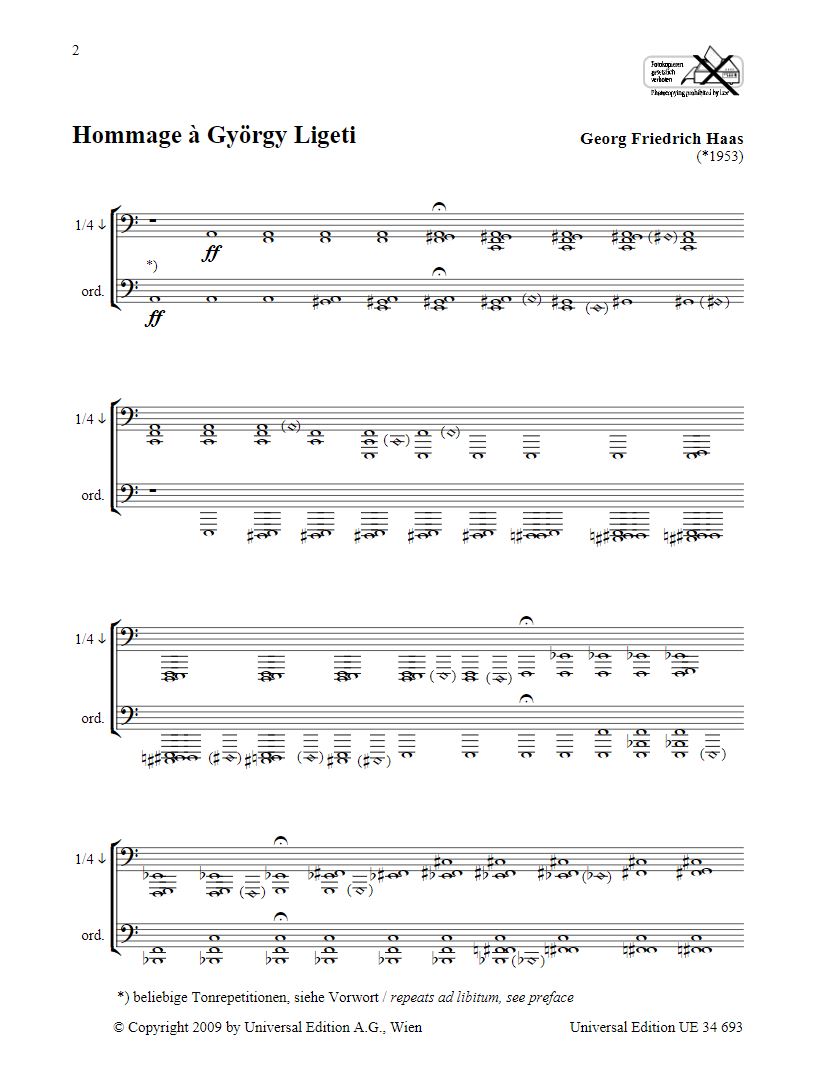
The artist and the pervert
The openness with which the composer approached his coming out garnered a number of negative reactions. “Kinky and happy. Good for him. But we would have preferred to listen to his music without such associations,” commented Die Welt. Others criticised what they saw as mainly an attention-seeking publicity stunt on Haas’s part. However, some voices have reasoned that the problem was not with Haas but with those around him. In the documentary The Artist & the Pervert, which explores Haas’s life with Mollena, the composer confides: “When I understood that I am dominant this was really problematic for me. Because based on my ideology I’m a left-wing person, I’m a feminist, and to understand I want things which go against this ideology in traditional social life was not very easy for me. I waited for four decades until I could accept my own sexuality.” In Mollena, Haas found the wife of his dreams: he no longer flees to a secluded cottage to compose, as he did in Basel, but instead he works at home. His marriage was also the impulse for his coming out. “She is very open about [her sexuality], and since I’m her partner, I’m automatically present in public too,” Haas noted in an interview for Van. Speculations about Haas’s motives for publicising the intimacies of his private life will probably never cease completely. But the fact of the matter is that around 2016, the time of his coming out, he was already and indisputably one of the most popular composers of contemporary music. He had a number of successful compositions under his belt, including six operas, and most importantly: he had long since completed his seminal work in vain, from 2000, which will also serve as the crowning piece of this year’s Prague Offspring at the DOX Centre for Contemporary Art.

In vain
“For those involved in new music, it’s one of the only already acknowledged masterpieces of the 21st century,” the conductor Simon Rattle declared, adding: “As soon as you hear a minute of it, you want it to go on.” In vain works like a drug that stimulates sensory sensitivity. Lasting over an hour, the composition commissioned by Klangforum Wien is Brucknerian not just in length, but also in its regal and transcendental essence. The nervous motion of micropolyphonic components melds into oscillating drones, evenly tempered quarter-tones and sixth-tones clash with a harp tuned to a higher harmonic series. Haas wrote in vain in response to rising right-wing tendencies in Austria – Jörg Haider’s Freedom Party came second in the 1999 elections in Austria. Haas commented this by noting that the recapitulation of the introductory theme, which appears at the end of in vain, is not an implementation of the classical format, which would allow the original theme to flourish. Instead, it is the painful return of an old evil. Haider and Haas share a similarly dark ancestral past, with family members who were more willing to serve Nazism than mere survival would dictate. However, the politician and the composer differ vastly in their reflection of this fact. The now-deceased Haider, whose parents were active Nazis, had close ties with neo-Nazis and Holocaust deniers. His participation in Austria’s government even caused several international diplomatic sanctions to be imposed. Haas admitted in an interview for Die Zeit that his grandfather turned Jewish families who came begging for food over to the Gestapo. The composer reckoned he was well aware of what he was doing. Maybe he was even sorry for them, but the law came first. Later, Haas realised he was behaving the same way as his grandfather in his compositions: he was denying himself in the name of the law. In the late 1980s he began to give much more space to his emotions and significantly reformed his musical language.

Tradition, dissonance, and lost time
A concise analysis of Haas’s current style was made by the conductor Bas Wiegers, who has performed at the head of Klangforum Wien in past years of the Prague Spring. “In Haas’s music, I find it striking that I often lose my sense of time,” Wiegers explained in his podcast The Treasure Hunt as he was rehearsing Haas’s new opera Sycorax, an adaptation of Shakespeare’s The Tempest; the work was premiered in Bern, Switzerland, in September 2022. The conductor then dove more deeply into the composer’s method of work: “Haas always works with different tuning systems. I am terribly oversimplifying but he uses roughly three possibilities. First is the traditional western tuning […]. Second, what I would like to call dissonant music, Haas uses completely non-existing tunings to create a kind of microtonal blur or cluster that doesn’t have any relation to [traditional tuning]. And third he uses overtone chords and melodies, which for him represent a sort of new balance, a healing harmony, a real true resonance.” In Sycorax, traditional harmony and dissonance is solely attributed to Prospero’s rule and its collapse. The resonance of aliquot harmonics represent the magical world of the island and reconciliation: this connection grows ever more noticeable over time. Haas’s music must be read in this way as well: his compositions are often encoded with deliberate expressions of meaning and opinion. For Haas, it holds supremely true that it is not just the notation that matters, but also the context in which it was written. He is obsessed with creating new worlds and is particularly interested in the darker side of emotions – which ultimately dominates the composition Wer, wenn ich schriee, hörte mich… (Who, if I cried out, would hear me…), which will be performed at the Prague Spring festival a day earlier, on 26 May. The composition, whose title quotes the collection Duino Elegies by the German poet Reiner Maria Rilke, is intended for ensemble and a percussion soloist. The latter may play a variety of metal objects of his or her choice in addition to conventional instruments. In this way, not only the inventive spirit of Harry Partch will permeate the festival, but also the current and debated topic of recycling and sustainability.
Georg Friedrich Haas was born in Graz on 16 August 1953. He studied composition under Göst Neuwirth and Ivan Eröd at the local university, later in Vienna under Friedrich Cerha, who became a close friend. In 1996 he premiered his chamber opera Nacht (Night) in Bregenz, which won him the Ernst Krenek Award. In 2000 he attained phenomenal success with in vain and also with his Violin Concerto. Haas is currently the author of nine operas, 11 string quartets, and a number of other works for orchestra or chamber ensembles. To his wife, he dedicated 3 Stücke für Mollena (3 Pieces for Mollena) for chorus and chamber orchestra; she is also the protagonist of Hyena for solo voice and chamber orchestra. At present, Haas lives and works in New York.
Boris Klepal
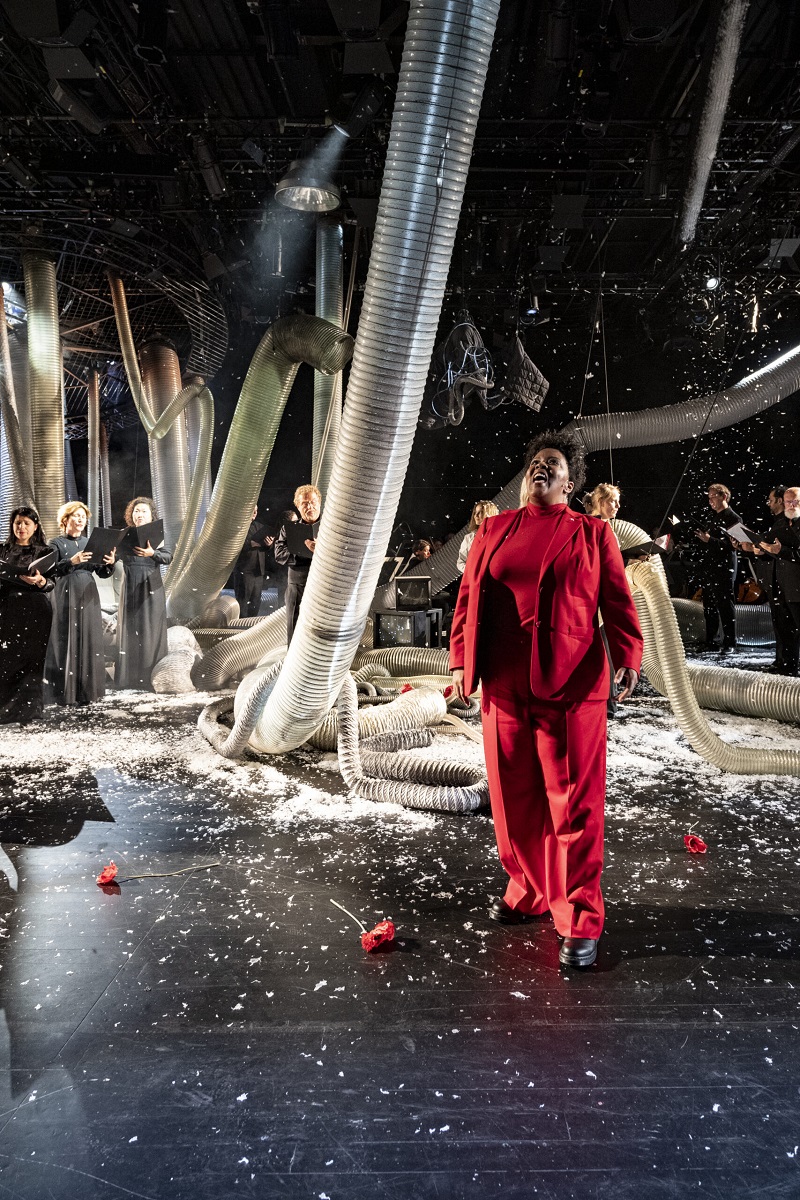
Enjoy Georg Friedrich Haas and his music at Prague Offspring
KLANGFORUM WIEN I.
26. 5. Friday 20:00 DOX+Concerts of the Prague Offspring 2024
31. 5. 2024 6.30 pm, REBECCA SAUNDERS IN CONVERSATION
31. 5. 2024 8 pm, KLANGFORUM WIEN I.
1. 6. 2024 2 pm, READING LESSONS – KLANGFORUM WIEN
1. 6. 2024 4 pm, MASTERCLASS – KLANGFORUM WIEN
1. 6. 2024 6.30 pm, HOW TO SPRING OFF? DISKUZE
1. 6. 2024 8 pm, KLANGFORUM WIEN II.
KLANGFORUM WIEN II.
27. 5. Saturday 20:00 DOX+Concerts of the Prague Offspring 2024
31. 5. 2024 6.30 pm, REBECCA SAUNDERS IN CONVERSATION
31. 5. 2024 8 pm, KLANGFORUM WIEN I.
1. 6. 2024 2 pm, READING LESSONS – KLANGFORUM WIEN
1. 6. 2024 4 pm, MASTERCLASS – KLANGFORUM WIEN
1. 6. 2024 6.30 pm, HOW TO SPRING OFF? DISKUZE
1. 6. 2024 8 pm, KLANGFORUM WIEN II.


